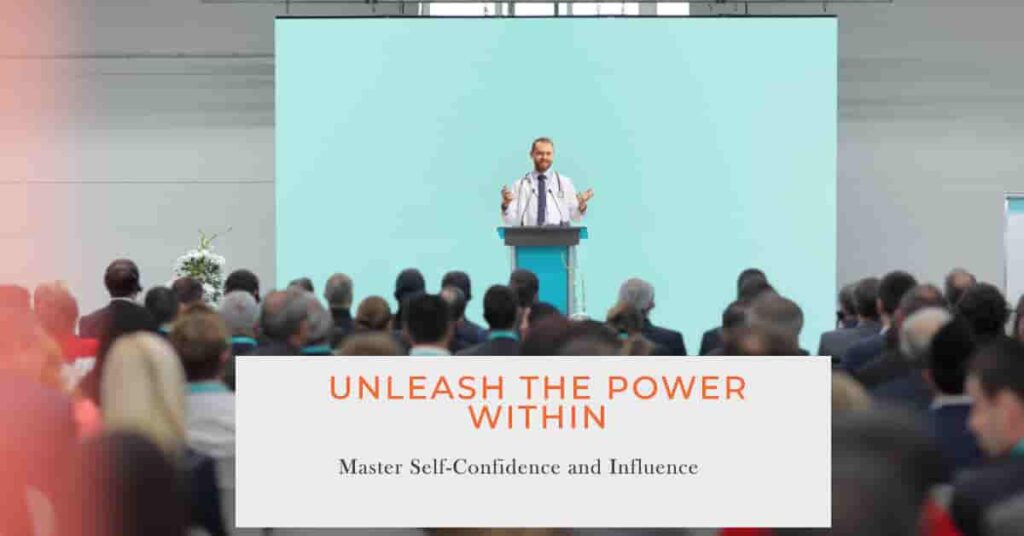THE TRANSFORMING CULTURE – Dr Joshua Kolawole
The world is evolving and this is bringing about radical and constant changes. We have prevalent climate change, technological change, changes in the financial system and human change, among many others. All these changes are leading to a significant cultural change. Hence, there is constant change everywhere, so there is a need to always rethink those changes based on:
- Personal level
- Organizational level
- Societal cultural level

Culture is the strongest force in an organization and it can impact change, employees, mission/vision statements, and the overall conduct of business. Healthy and unhealthy cultures are prevalent in organizations and there is a need to be intentional about creating a sustainable and healthy culture.
The importance of maintaining a healthy organizational culture is discussed. He explained that culture is more than just physical products, platforms, and services, instead is about the people. If a culture is toxic, it can corrupt the vision, derail focus, and prevent an organization from reaching its optimal performance.
Transformation is core to this discussion. To situate this in context, change needs to be differentiated from transformation.
Change and Transformation
- Change is doing something in a different way within an existing culture and system with the goal of yielding results based on your new behaviour, tools and processes.
- Change is maintaining the same thinking.
- Transformation is changing the culture, the mindset, your manner of approach, your thinking and your way of seeing things. It involves doing or putting extra effort, and leaving your comfort zone in order to achieve results.
- Transformation only occurs in a well-defined process.
“The more the number of living minds in an organization, the better the life transmitted into the organization. Pay attention to the number of living minds on your team and the quality of life in each one of them”. Kolawole J.
Transforming System
- Transformation brings about maturity:
- Maturity involves; (1) the way you think (Signal is a pleasant perception of things while noise is just the exact opposite of signal. It is advisable that the signal level be far greater than the noise level)
(2) Learning (3) speaking
- Capability: is change in action in terms of design and implementation.
- Building a system entails designing a system, then implementation is making the designed system fit and making it work in the real world. Making it fit to what we have in the real world.
- Value: this is created in and brought to the system. Value is achieved when one balances Quality and Quantity while bearing Cost (i.e. what is at stake) in mind.
- Uniqueness: this means what differentiates you from others. It talks about what you are bringing to the table that makes you stand out and make people seek your product.
Culture
- Culture is the total way of life of a person.
- Culture is your own way of dealing with a situation in order to survive and thrive over time.
- Culture is the strongest force in an organization because it deals with how the members relate and their attitude towards the organization.
- Culture determines the kind of environment and atmosphere your business will look like.
- The quality of transformation of the soul reflects in the physical.
- Culture shapes the behaviour, effectiveness and ability to join a team
- Culture is the atmosphere in which the organization operates.
Ingredient of an unhealthy culture
- Lack of communication and accountability
- Fear
- Lack of leadership development, poor listening and learning
- Spreading rumors, slow decisions leading to denial by delay
NB: Once you see clarity, start execution immediately at full speed.
Questions to evaluate culture
- Does this culture have integrity? Character
- Does this culture have the capability to deliver value? Competence
- Does this culture have good intention? Compassion
- Does this culture deliver results with a process that inspires trust? Trust
Transforming culture
This is the way of life of people which drives the learning, thinking, designing, collaboration and actions in a system through well-defined processes for them to become someone different with a completely new mind capacity (expand thinking), attitudes (joyful, gratitude), performance capabilities and outcomes.
Elements of Transforming Culture
- Just culture: this entails understanding the dynamics of time, being fair to everyone, treating everyone justly and respecting every member, and being transparent and open to communication.
- Culture of excellence: improvement-driven, learning and training
- Resilient culture: This is a stage of thriving, fighting, adapting to situations whether pleasant or unpleasant, constantly evolving, constantly scanning.
- Strategic culture: This is a stage of constant evaluation, differentiating oneself, planning and making the plans fit to the organization and environment.
Having an excellent organization depends on the culture of the team you are working with. Embracing a transformational culture is not just a business strategy; it’s a journey towards continuous growth, innovation, and success. By fostering a culture that encourages change, inspires creativity, and empowers individuals to reach their full potential, organizations can adapt to the ever-evolving landscape of the modern world. This shift towards a transformational culture is not without its challenges, but the rewards are immense. It’s a powerful catalyst for excellence, resilience, and a brighter future. As we navigate the path of transformation, let us remember that our commitment to positive change will not only shape our organizations but also have a profound impact on the lives of those we serve. So, let us embrace the opportunities that transformational culture offers and work together to create a better, more innovative, and inclusive world for all.



